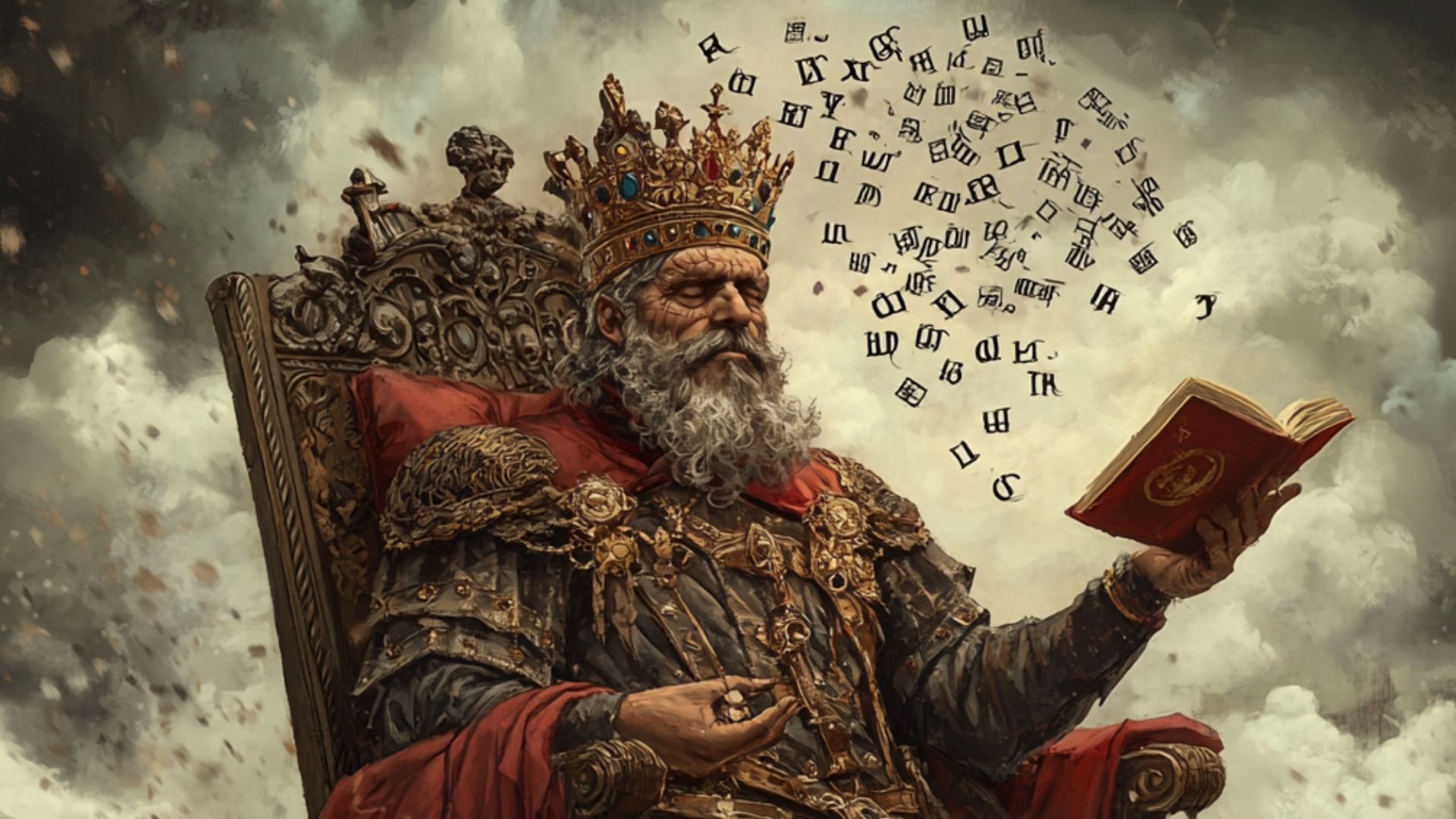On 10 February 2025, a royal event went almost unnoticed! King Carl XVI Gustaf of Sweden announced the name of his granddaughter, born three days earlier, at a Council of State meeting held at the royal palace. The only downside was that the sovereign accidentally pronounced the wrong name. He said that his ninth grandchild was called ‘Inse’. However, she is called Ines. The monarch, who is dyslexic, also reversed the order of the baby’s second, third and fourth names. He pronounced the names ‘Silvia Marie Lilian’ instead of ‘Marie Lilian Silvia’.
Dyslexia is often seen as a challenge in an academic and professional world where reading and writing are paramount. However, many European royalty who have overcome this difficulty show that this difference can also be a source of strength and inspiration. These royals, who are recognised as dyslexic, have turned their disorder into an asset, becoming respected, influential and admired leaders.
King Charles III: a leader with a different outlook
Long regarded as a different child at school, King Charles III had to deal with dyslexia from an early age. His difficulties with reading and writing have not prevented him from becoming an advocate for many causes, including the environment and education. He has been able to transform his unique way of thinking into an ability to see things in a new light, an essential quality for a modern monarch.
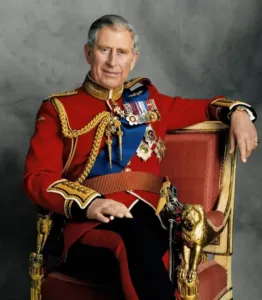
Queen Mathilde of Belgium: Inclusive Education
Although Queen Mathilde of Belgium’s dyslexia has not been officially confirmed, she has always been sensitive to the difficulties faced by children with learning disabilities. Through her commitment to inclusive education, she actively supports initiatives aimed at helping dyslexic pupils achieve their full potential.
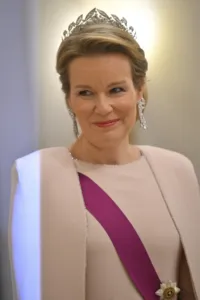
Princess Beatrice of York: An Inspirational Ambassador
Among the royals who have spoken openly about their dyslexia, Princess Beatrice of York stands out. Diagnosed at a very young age, she had to redouble her efforts to succeed at school. Today, she is an ambassador for the Made by Dyslexia association and uses her position to raise awareness of dyslexia and encourage young people not to let it hold them back. Her message is clear: ‘Dyslexia doesn’t define who you are, it gives you a different way of looking at the world’.
Indeed, she sees dyslexia as a gift: ‘Talking about it is my favourite thing, because as a dyslexic living in this kind of crazy world, I’m so grateful and lucky to have such a way of thinking, because it certainly pushes me to go a little bit further to try and solve some of these challenges and help as much as I can.’
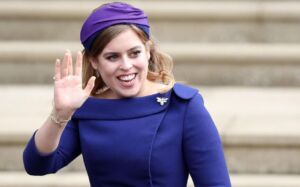
Carl Philip of Sweden: Creativity as a Force
Prince Carl Philip of Sweden also faced the challenges of dyslexia throughout his school career. Far from being discouraged, he channelled his talents into creativity and design. He is now a well-known designer and is actively involved in raising awareness of dyslexia in Sweden, notably through his foundation, which supports young dyslexics.
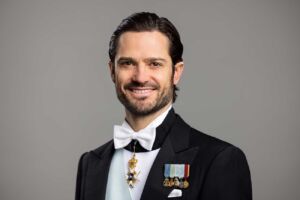
Queen Máxima of the Netherlands: Awareness and dedication
Queen Máxima of the Netherlands, wife of King Willem-Alexander, is another royal figure who has fought against dyslexia. Born into a family in Argentina, she faced difficulties at school because of her dyslexia, but she never let it stop her from pursuing her dreams. In addition to her royal commitments, she is actively involved in initiatives to raise awareness of learning disabilities and the inclusion of neurodivergent people. She works tirelessly to ensure that appropriate solutions are put in place so that everyone can flourish, whatever their cognitive profile.
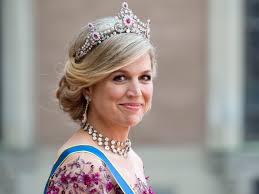
Prince Joachim of Denmark: a champion of neurodiversity
Prince Joachim, the youngest son of Queen Margrethe II of Denmark, also had to contend with dyslexia throughout his school career. But like his royal counterparts, he has been able to use this difference to develop alternative skills. As a soldier and diplomat, he has excelled in very demanding environments. Prince Joachim is a striking example of how dyslexic people can excel in leadership roles, using their ability to think differently to succeed.
His commitment to promoting acceptance of neurodiversity is a model for those who think dyslexia is an insurmountable obstacle. Through his actions, he shows that this disorder can become an asset, opening doors to opportunities that would otherwise be closed to him.
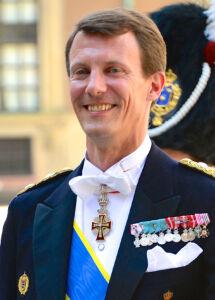
Dyslexia, a force for leadership
These royalty remind us that dyslexia should not be seen as an obstacle, but rather as a catalyst for hidden talents (read here). Their successes show that, far from limiting them, this disorder has enabled leaders to adopt innovative and creative approaches, which are essential for a constantly changing world.
Whether you are a king, a queen or a citizen, dyslexia, although often misunderstood, can be transformed into a real leadership force. These personalities teach us that cognitive diversity is a rich resource and that every difficulty can be overcome with perseverance, creativity and a different vision of the world.

